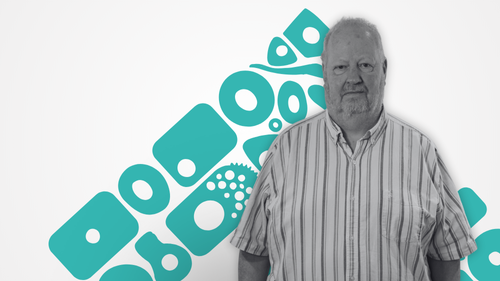Ask an expert: What is next for in vitro models?
We spoke to Colin Brown, Chief Scientific Officer at Newcells, to discuss the latest trends, Newcells' innovative work in the field, and the potential for in vitro models to replace animal testing completely…

What are the latest trends for new in vitro models?
There are really two trends. The first one, of course, is to make more physiologically relevant models meaning models that are more predictive. The other trend is to try and make models more complex. Particularly, I think the big advance now is the introduction of immunology in the models, because many diseases affect the immune system directly or indirectly.
What is Newcells doing to drive its innovation in the field?
Newcells is driving innovation by using what we call ‘best in biology’. For example, what we have always tried to do within our in vitro models is for not think about how to build r the best perfusion chamber or microphysiological system chamber, but actually to build the best biology so that we can take something that really is representative of a proximal tubule or a retina or airways, and then put it into an MPS system. So we are doing it from biology to MPS which is an evolution, whereas many people are doing it the other way around, which is “let’s make a clever engineered system and then try and load it with cells”.
And that’s where I think we lead – by doing it the right way around – get the best model and improve it.
Where do you see the biggest advances coming from and how will it impact drug discovery for our clients?
I think the biggest change that we’re seeing is that people are moving away from generic cells to tissue specific cells. So people are beginning to look more at biology to have the right cells and the right models and also include slightly more complex models to answer the questions. So if you’re looking at immunology, then you really need a more complex model than if you’re just looking at transport, where a simple model may suffice. So I think we need to have this differentiation in the market. There is a place for simple models and a place for complex models and we just need to ask the right questions of the right model.
How does Newcells keep innovating/improving models and why?
At Newcells we keep innovating and making new models. The innovation is planned – we really think carefully about why we’re making a new model. So what drives a new model is usually a customer’s needs. A client will come to Newcells and say “we would like to understand this about our model” and we will then, to the best of our abilities, either build a model or adapt a model to answer that specific question. Our strengths are that we are flexible, adaptable, innovative and agile.
Where do you see in vitro models in the next 5- 10 years?
There will first be a move away from the hype on models. Many are hyping up models saying they can do a lot more than they can actually do. Once we move past that hype into a realistic appreciation of what current models are actually able to do, we will then be able to slowly build better models. We are already starting to build the components, which maybe in five years time will allow us to make a human on a chip. It is crucial to realise that in vitro models are more complex than just putting a piece of tissue into a 3D model with flow. It’s much more complex than that in terms of how to get there”. And using this approach, I think we will actually get there, over the next five to ten years, as companies will see.
Companies are starting to communicate and to standardise ways of testing models which will allow them to compare a model from one company with that of another using a standard set of tests. Standardisation is everything. And once standardisation becomes the norm, regulators will rely on in vitro models even more.
Are in vitro models going to replace animal studies completely?
I think sadly not. Within the next five to ten years, we will still have a significant number of animals being used. We might bypass those on molecule families for which there is a lot of animal data. There, of course, will be a movement to reduce animal usage and to try and replace it with cell models. But that is going to take a long time. In the end it is probably going to be a combination of in vitro models and AI.
Share on social media:
Don't miss out on our latest innovations: follow us on Linkedin
Newcells Biotech
24th September, 2024
Update


